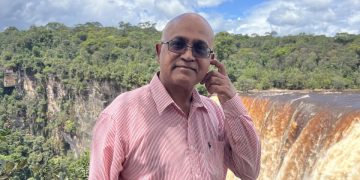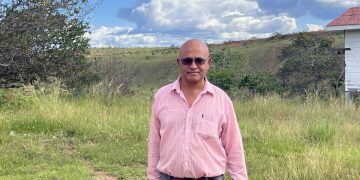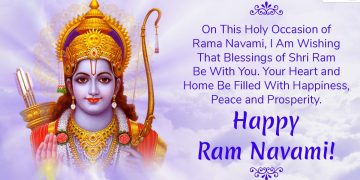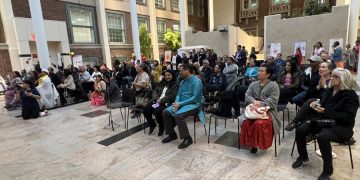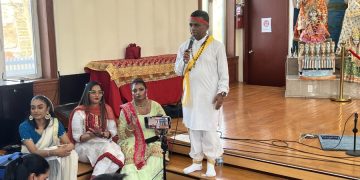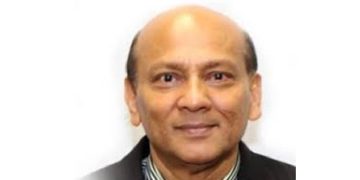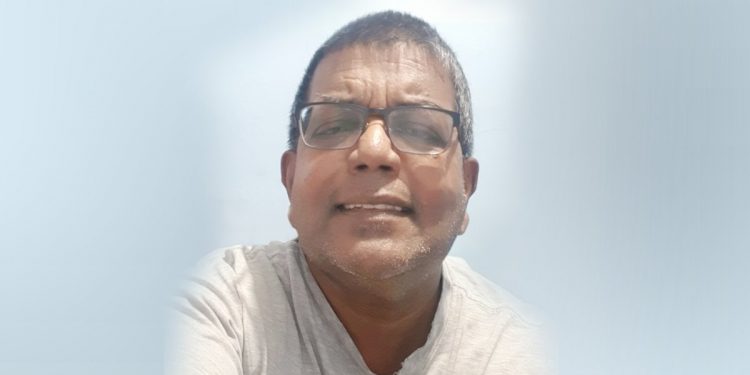Brahmins are foremost teachers and Brahminism means a culture of learning. It is only by our intelligence we would be able to progress above the animals which are guided by nature or instinct. A dog of 2000 years ago is the very same dog today whereas a man of today is distinct from a man of 2000 years ago.
A Brahmin is not only a man of learning but the embodiment of dharma. His mind and senses are dead to the attractions and pleasures of the world which are transitory. His lifestyle reminds mankind that his goal on earth is to strive for liberation.
The evolution of human society has always been guided by Brahmins. In India references can be made to numerous saints and sages- Vishwamitra, Kalidasa, Yagnavalkya, Adi Shankara, and in more modern times Swami Vivekananda, Sri Aurobindo, and Swami Chinmayananda.
With Brahmin as advisors to the kings, Hindu society never descended into a culture of invasion, conquest, loot, rape, and murder. The western civilization beginning with the Greeks and culminating with the western powers of today have invaded and colonized territories for millenniums. Despite all of these happenings, Hindu society under the direction of Brahmins remains steadfast in its focus on liberation, not falling victim to the illusion of a transitory world.
Greek and Roman expansion were powered by the writings of their philosophers. Their society was hierarchical with conquered people given the status of slaves. Those who did not share their cultural perspective were referred to as heathens with no right to life. The inquisition was practiced in Europe and later practiced in the New World including Goa, India to persecute those who were suspected of straying from the doctrines and practices of the Roman Catholic faith. Even scientists such as Galileo were murdered those displaying supernatural powers were labeled as witches and wizards and burned at the stakes.
Our Brahmin ancestors were advisers to the kings and never allowed themselves to fall victims to the lust for power and wealth. The Brahmin’s duty was to teach and give advice, not to accumulate wealth. In fact, a Brahmin’s wealth was his knowledge.
Our scriptures are littered with Brahmins or advisors to kings. Dasrath, the king of Ayodya, had Vashist as his advisor. Vashista did not live in the palace with the king but in a hut and followed strictly the dharma of a Brahmin which is a life of learning and austerity. Vashista kept only one cow to provide milk for him and not a herd for commercial purposes!
Dronacharya taught the Kauravas and the Pandavas the art of warfare. Brahmins were political advisors like Chanakya who not only taught at the Taxila University but also mobilized resistance against the Greek occupation of northern India in the 4th century BCE. It was Chanakya’s vision that molded the young Chandragupta resulting in the expulsion of the Greeks and the creation of the Mauryan Empire, the first All-India Empire under the leadership of Chandragupta who was born a goat-herder.
The Chola dynasty of Tamil Nadu, India, and others including the Vijayanagar Dynasty saw the expansion of Hindu influence in Southeast Asia. The Angkor Wat, a Buddhist temple, originally built in the 12th century and dedicated to Lord Vishnu, is the largest religious complex in the world, three times the Vatican. In recent years it has been declared a World Heritage Site. Hindu influence spread throughout southeast Asia including Singapore, Vietnam, and Indonesia including Bali. All of these expansions took place under the guiding vision of Brahmins.
Unfortunately, Brahmins have come to be associated only with those individuals who perform poojas and read the Ramayana from the Singhasana. More recently, Brahminism has been reduced to someone who carries the name, Maharaj. Traditionally, the Brahmin titles have been Panday (knower of five Vedas), Chaturvedi (knower of four Vedas), Trivedi (knower of three Vedas Dwivedi/Dube (knower of two Vedas,) and titles such as Tewari and Gosine.
In conclusion, a Brahmin is anyone who uses knowledge to teach others. More so his focus should be on his role as a teacher and the practice of restraint of the senses. The Brahmin’s wealth is his knowledge and material luxuries are not part of his culture. In fact, his entire time is spent learning and teaching with limited time for other activities, hence the need for his students to provide him with dakshina (small money) and seedha (food) for his sustenance.
(In the text The Next-Door Millionaire the authors revealed that professors and teachers are high accumulators of wealth because most of their time is spent studying and teaching with little left for shopping and going on cruises.)
By Dool Hanomansingh









